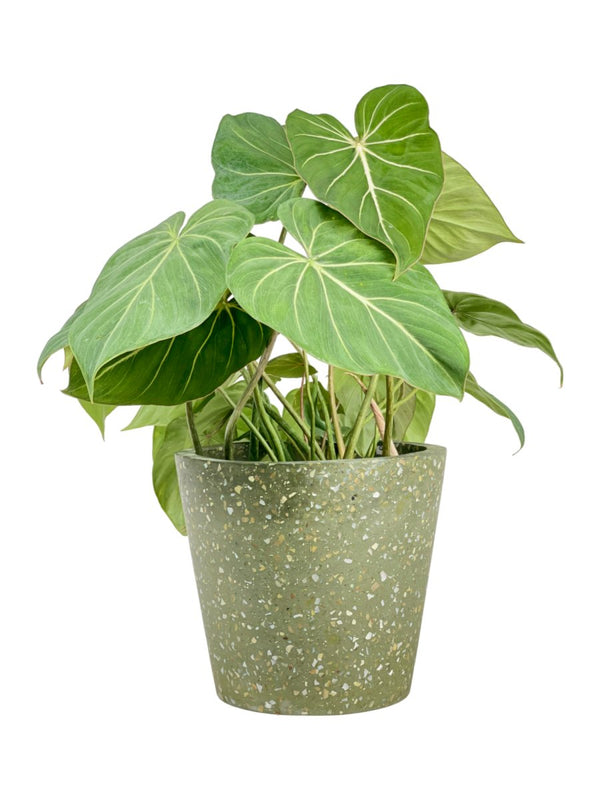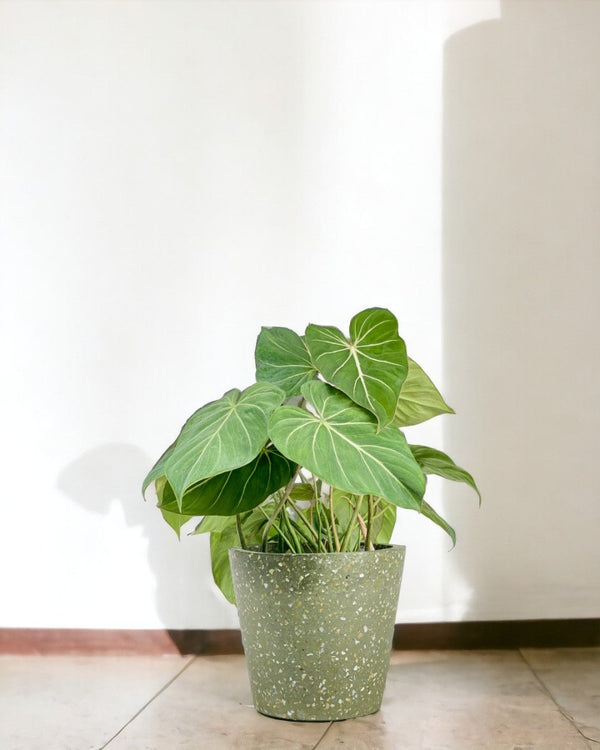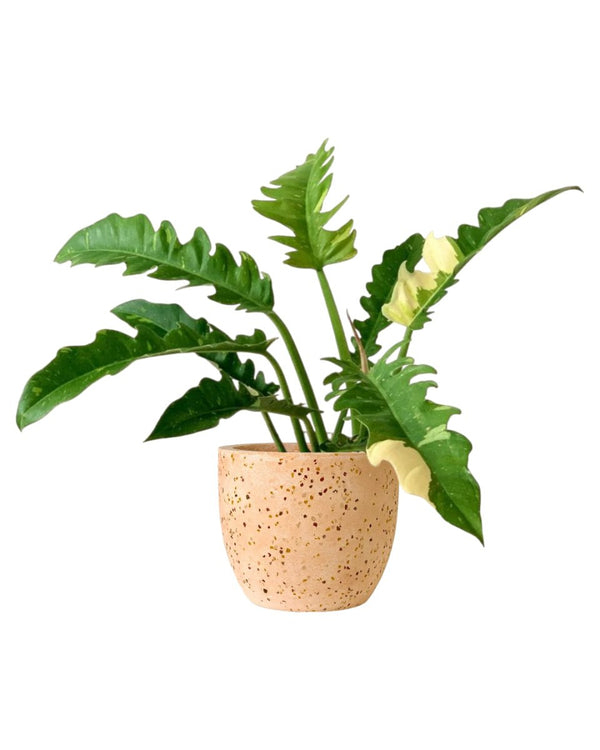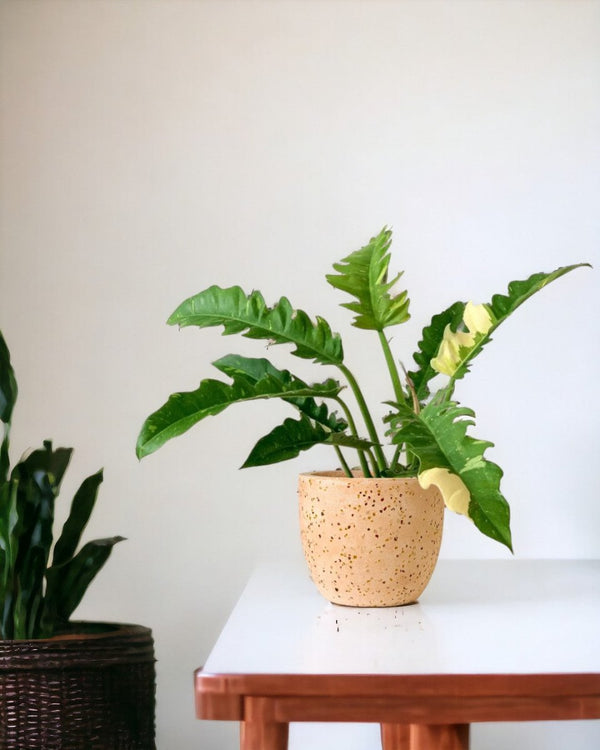The Philodendron genus has hundreds of species of fascinating foliage plants and a lot of them can be grown indoors. From the common household names to the rare Philodendrons, all of these aroids are relatively easy to care for, have air-cleaning abilities and are interesting in their own different shapes and forms.
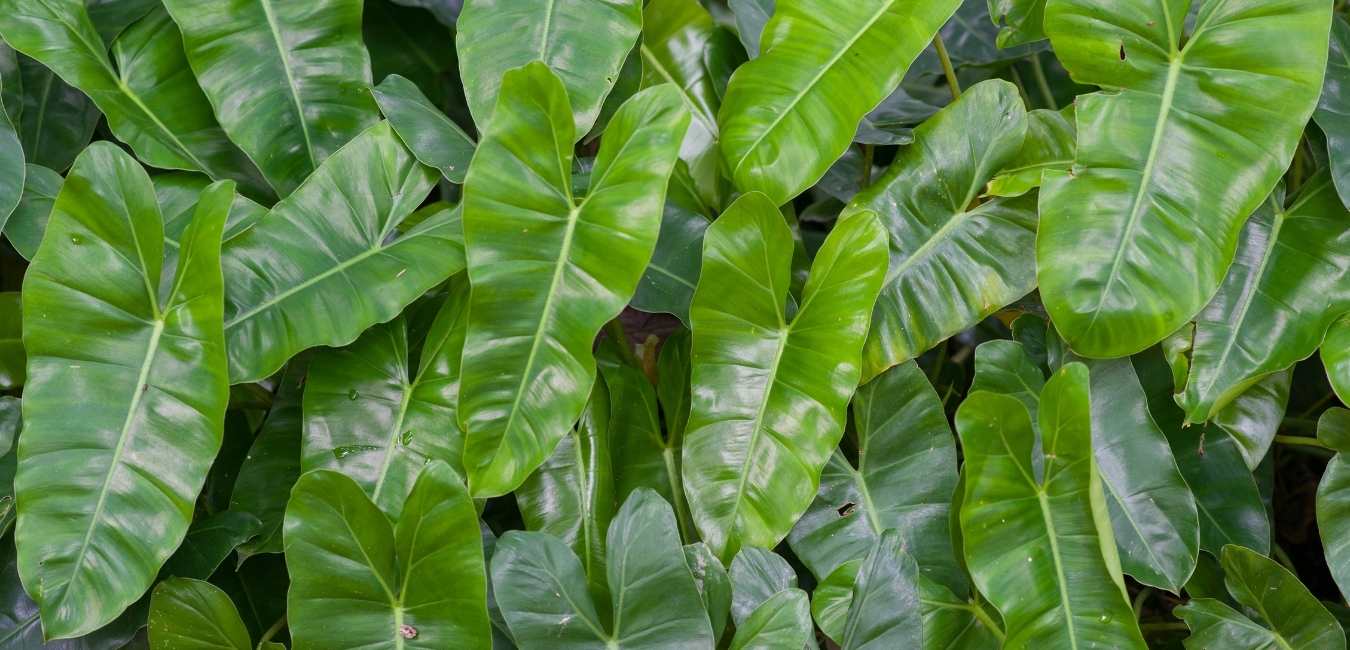
PHILODENDRON
Varieties from our listing
Interested to buy a plant from this group?
See what we have available HERE
Below is a general care guide for Philodendron plants which can slightly differ depending on variety.
Light & Temperature
Philodendrons grow best in medium to bright indirect light. They can also tolerate lower light conditions but this might result in a leggy growth.
The temperature tolerance of Philodendrons varies based on the species. Generally, they should be protected from cool drafts.
Watering, Humidity & Misting
Philodendrons generally prefer a moderate amount of soil moisture. Water whenever the top inch of soil has dried out. Droopy leaves can indicate that the plant is getting too much or insufficient water. But the leaves can perk back up quickly when you correct the watering schedule.
These are tropical plants so the higher the humidity, the lusher and shinier the growth will be. They will tolerate lower humidity levels but misting the plant regularly will help it thrive and grow healthy.
Soil and Repotting
Philodendrons thrive in a loose potting mix rich in organic matters. The soil should be well-draining.
When the roots of a Philodendron start to poke up from the soil or out of the drainage hole, it is a good time for repotting.
Propagation
The vining Philodendrons are easy to propagate by cuttings. Cut a 6-inch portion of the stem and place it in a container of water to develop roots. Once you see a healthy amount of roots, pot the cutting in moist soil.
Fertiliser
Use a balanced fertiliser formulated for houseplants. Follow the directions on the label of our Down to Earth. organic plant food. If your Philodendron is undernourished, its growth will be slower than normal and its new stem growth might be slower than usual.
Toxicity
Philodendron plants are toxic if ingested and should be kept out of the reach of children and pets
Possible Issues
Under the right care and conditions, your plant will grow happy and healthy. But here are some issues you may encounter while caring for a Philodendron:
Aphids and mealybugs - When spotted, wipe off with cotton balls dipped in rubbing alcohol. Periodically showering the plant with water and applying insecticidal soap will help fend off pests.
Brown leaf edges - This is usually due to too low humidity. Mist your Philodendron daily to boost moisture in the air.
Dusty leaves - Simply wipe them regularly with a damp cloth. Otherwise the pores will become clogged.
Curling leaves - This can be caused by leaving the soil too dry. Keep a consistent watering schedule for your Philodendron.
Yellowing leaves- This is usually due to overwatering. Only water this plant when at least the top inch of the soil is dry.
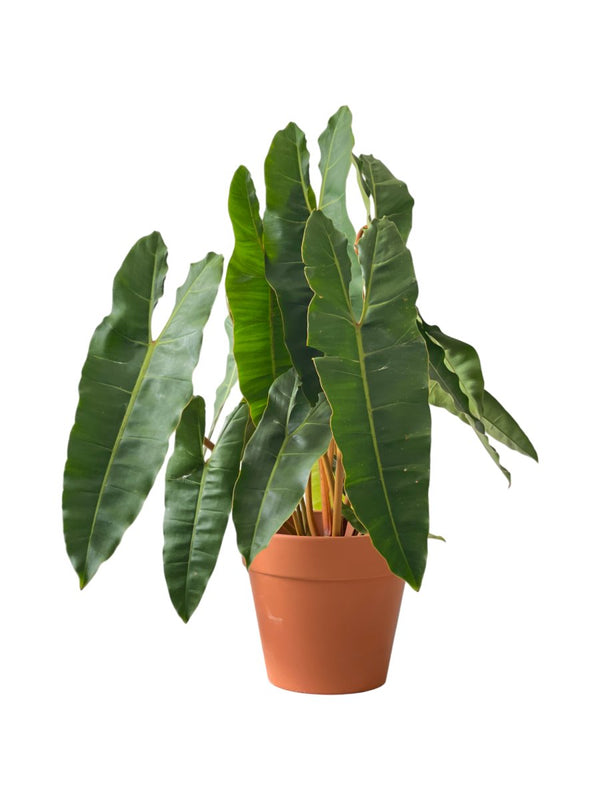
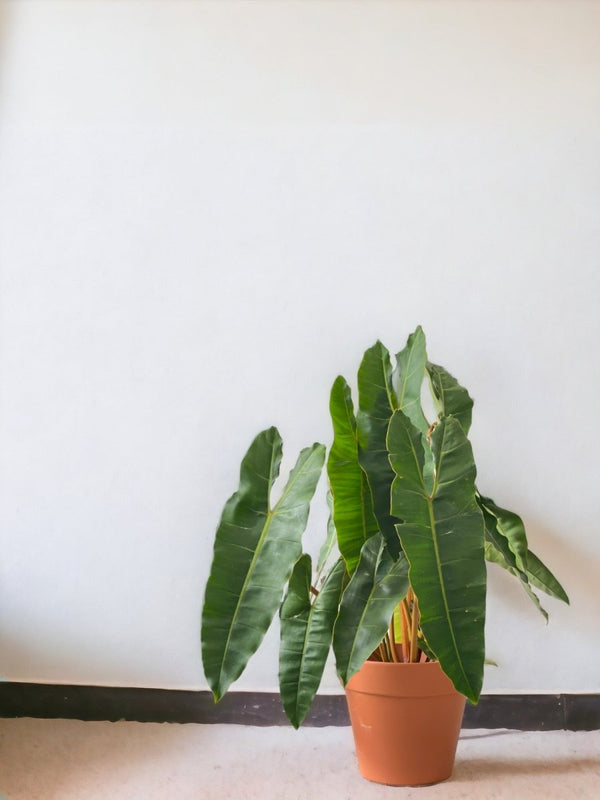
- Regular Price
- from $80.00
- Sale Price
- from $80.00
- Regular Price
- Unit Price
- per
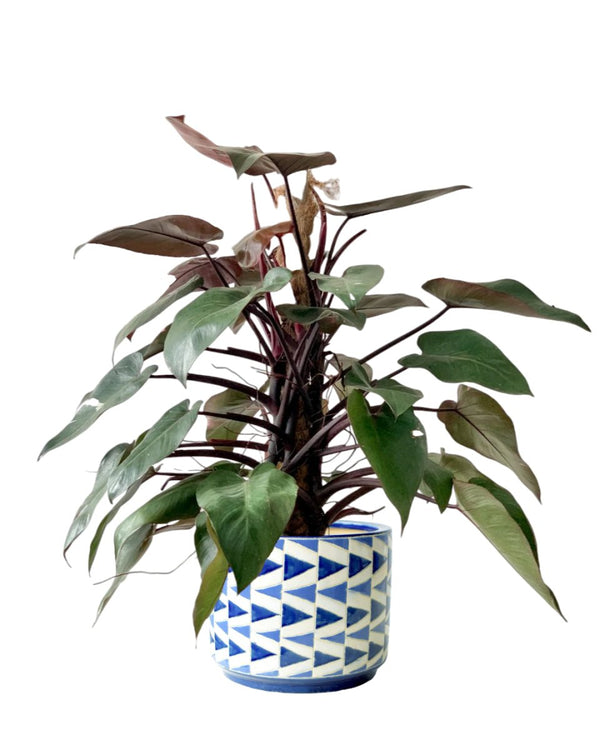
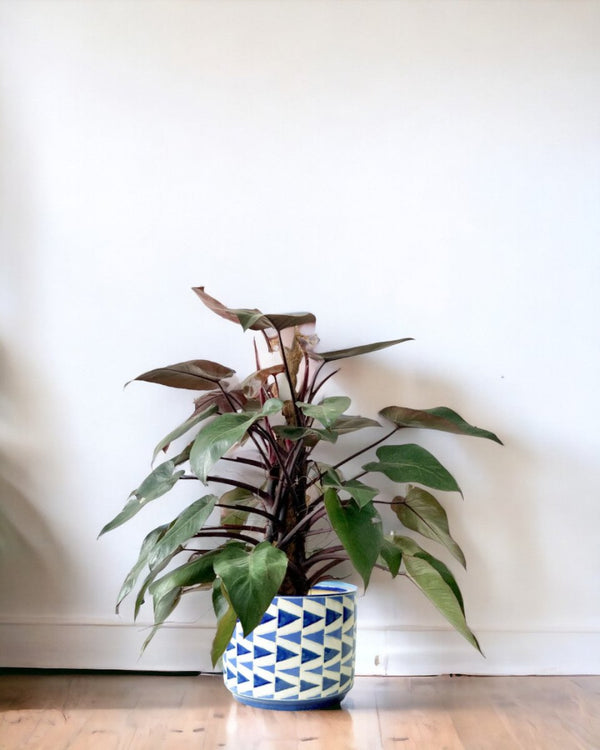
- Regular Price
- from $50.00
- Sale Price
- from $50.00
- Regular Price
- Unit Price
- per
